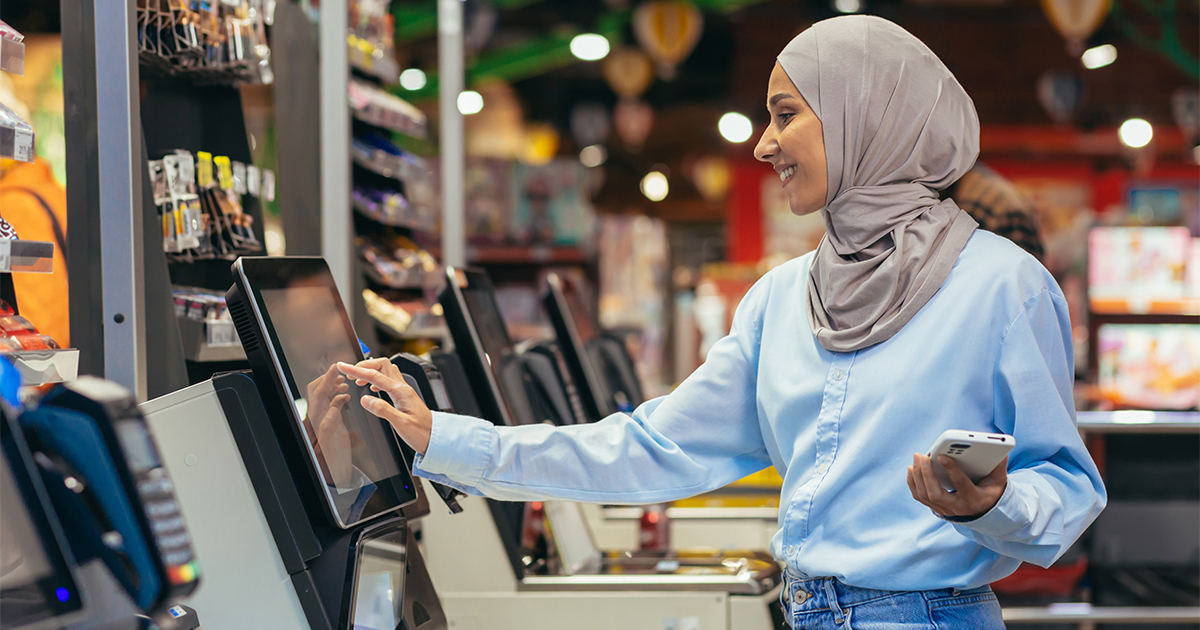When talking about consumers nowadays, companies have to adapt to their every need since customers are more than ready to move to a new brand if all their needs are not met. That is why brands use omnichannel as their main marketing strategy.
Customers are constantly switching channels and expect seamless experiences in all of them. Research shows that “customers engage with three to five channels each time they make a purchase or resolve a request. And the average customer looking to make a single reservation for accommodations (like a hotel room) online switched nearly six times between websites and mobile channels”. This comes to back to actual profit, as omnichannel shoppers are 1.7 times more likely to buy items than shoppers that use one channel. Examples of omnichannel solutions are Best Buy’s tech support and Sephora’s loyalty program. These companies like many others have found ways to interact with their customers on a personal level and bring them the best shopping experience available.
The pandemic brought many changes and amongst them was the shift to online shopping. Companies and customers alike had to adapt to new ways of ordering, purchasing, delivering and receiving goods. This change was most evident in US grocery shops that saw 20-30% of their revenue come from online purchases when it was a mere 3-4% pre pandemic. These shifts are staying since convenience is very high in customers’ demands.
The words phygital and multichannel also come to play when talking about an omnichannel experience. Multichannel puts the product in the center and tries to inform as many people about it as possible whereas omnichannel puts the customer in the middle, providing all possible channels for purchase. Phygital refers to the integration of both worlds, physical and digital.
Some key points that help improve a company’s omnichannel experience are making sure they have specific strategies in place. This means training all members to work together seamlessly, in order to achieve the goals. Defining, activating, and implementing these goals set are the means to achieve omnichannel personalization. “By strengthening the foundation of your omnichannel operations and focusing on strategy, structure, and processes, you could gain a performance edge.”
Omnichannel is crucial for B2B strategies since “B2B decision makers use more channels than ever before to interact with suppliers and being attuned to those channels will be important.” They can help grow an organization’s market share and help with loyalty; customers will switch companies for a better experience.
You can read the full McKinsey report here.






